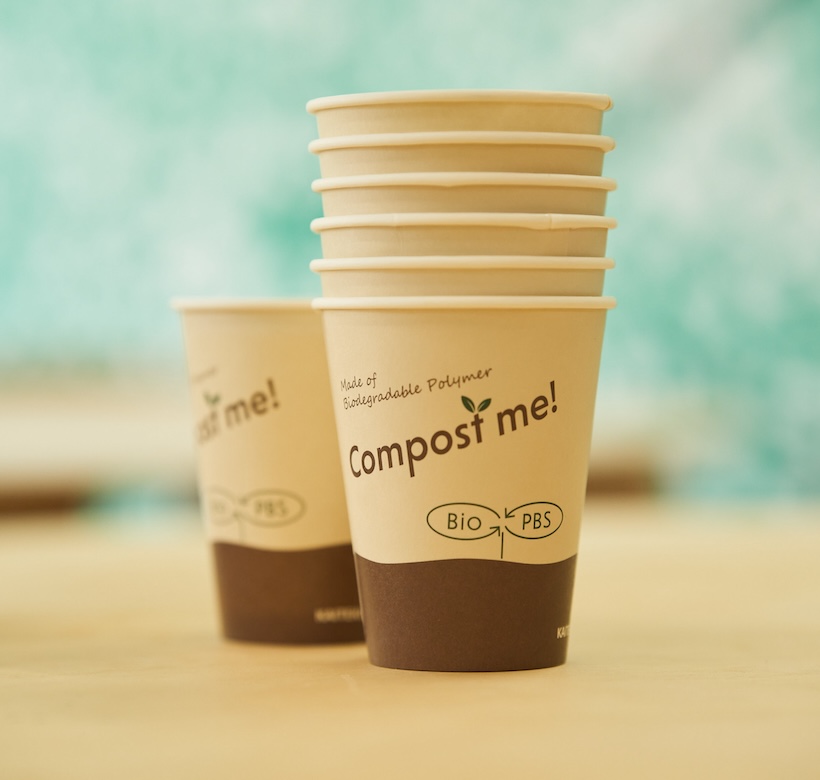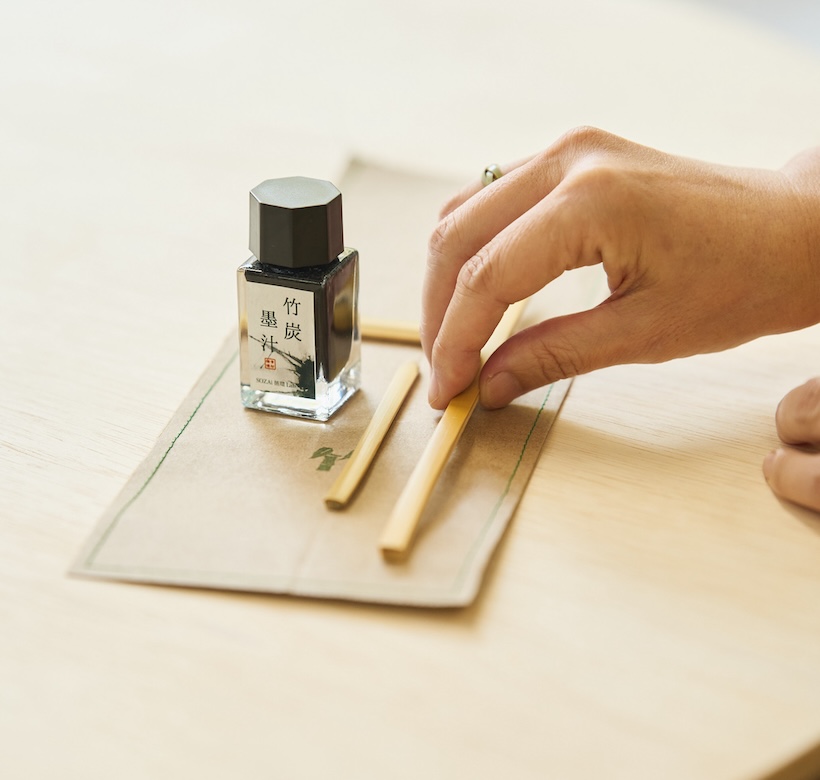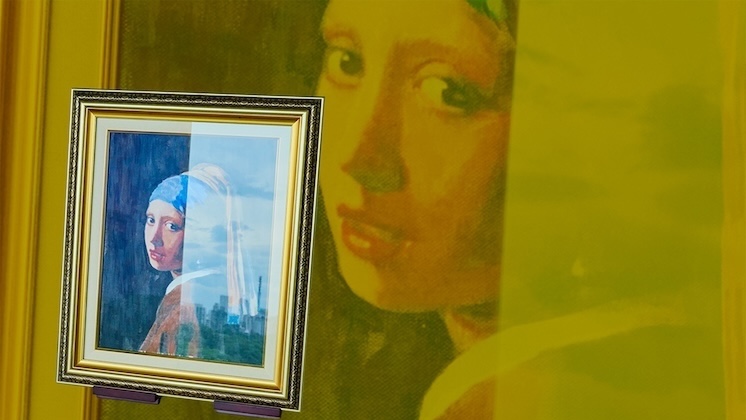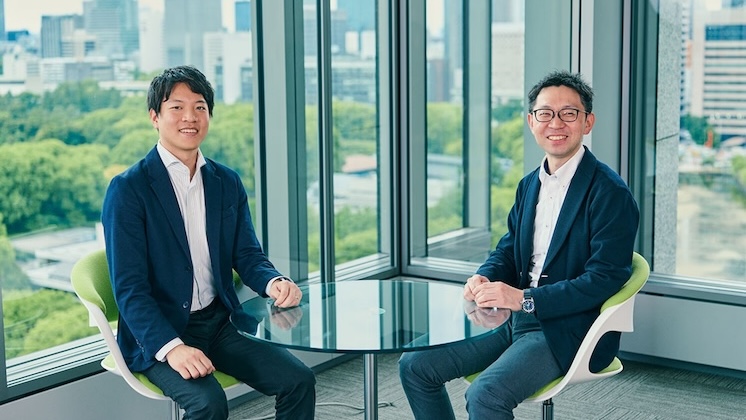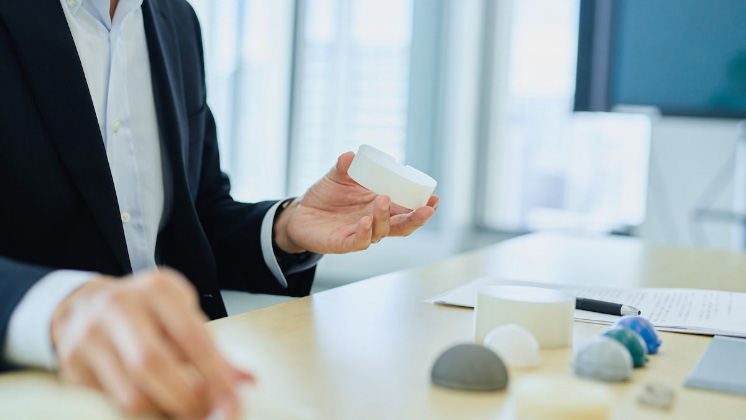
A New Future Begins with Dialogue:
Co-creating a recycling-oriented society with the region
11/25/24
/ TEXT BY MCG
*The information, positions and affiliations mentioned in this interview reflect the status at the time of the interview.
With the construction of a new research wing inside the Science & Innovation Center (SIC) located in Aoba Ward, Yokohama, in April 2022, we opened the Aobadai Living Lab as a place to promote interactions with the region.
The concept of a “Living Lab” began in the United States and developed in northern Europe. It has become a new style of co-creation that strives to resolve regional issues through the cooperation of diverse stakeholders. At the Aobadai Living Lab, we undertake a variety of activities aimed at realizing a recycling-oriented society through co-creation with industry, government, academia, and the private sector.
What type of future lies beyond this co-creation? We will answer some of these questions through a three-person talk with Yuki Ono and Dai Aoki of the SIC, and Yumiko Kashiwagi, director of the local media “Spice Up.”
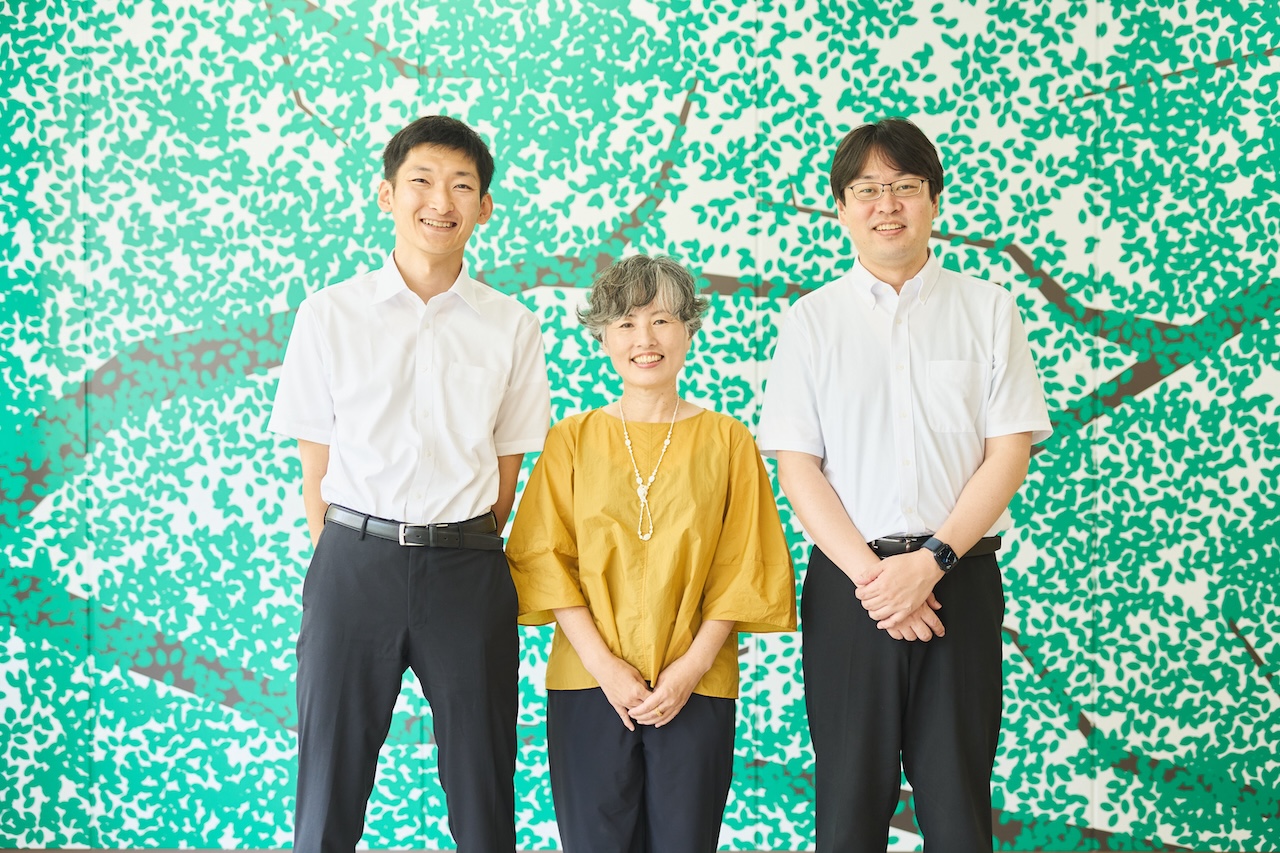
-
■Participants (left to right)
Dai AokiFunctional Design Laboratory,
Science & Innovation Center
Yumiko KashiwagiDirector of the local media “Spice Up”
Yuki OnoCollaboration Group, R&D Promotion Department,
Science & Innovation Center
The importance of Living Lab dialogues as seen in success cases in northern Europe
Living Labs are a type of co-creation activity where users and residents participate in the development of new technologies and services. In northern Europe, sustainable city building has been conducted through Living Labs for around 20 years, and has seen considerable success. Examples include the promotion of bicycle-based mobility in urban areas and the installation of garbage chutes with sensors. One of the main reasons for this success has been the quality and quantity of dialogue. In northern Europe, participants with a variety of backgrounds exchange opinions on an equal footing based on advanced knowledge of social issues, and search for solutions together.
The fundamental value of a Living Lab is ongoing dialogue that respects the knowledge and perspectives of each participant, all moving toward a single goal. This provided an important hint for the ideal form of the Aobadai Living Lab.
“In Japan, there are Living Labs led mainly by government agencies or regional residents, but there are not very many that are led by corporations. As social issues become increasingly diverse, however, dialogues between researchers and residents and ties to the community have become more important in the co-creation of new innovations. Through the activities of the Aobadai Living Lab, our goal is to promote collaborations among industry, government, academia, and the private sector. We also aim to share issues faced by the region and by society as a whole, and create new technologies and services that tie into resolving those issues,” says Mr. Ono.
Bringing diverse viewpoints together: Encounters between residents and researchers
Mr. Ono promotes interactions both inside and outside the Mitsubishi Chemical Group (the MCG Group). Mr. Aoki works in research targeting plastic materials, and Ms. Kashiwagi continues activities aimed at improving the region. Their meeting was a coincidence brought about by a number of chance events.
The Aobadai Living Lab originated with the concept of being an “innovation center that opens the laboratory to the community.” Mr. Ono was originally in charge of the subcommittee overseeing this concept, but as he became more deeply involved with the community, he became a central presence for the Aobadai Living Lab.
Ms. Kashiwagi from Spice Up was aware of problems related to disposable paper cups and cutlery used in the operation of food trucks. As she undertook studies and surveys, she learned about biodegradable plastics handled by the MCG Group. Ms. Kashiwagi visited the SIC because she wanted to try these materials out herself.
“When I made the visit, I thought it would be difficult, but at the same time, I had some small expectation that I might have the good fortune to hear from the community. When I consulted with the MCG Group, I got a very positive response,” says Ms. Kashiwagi.
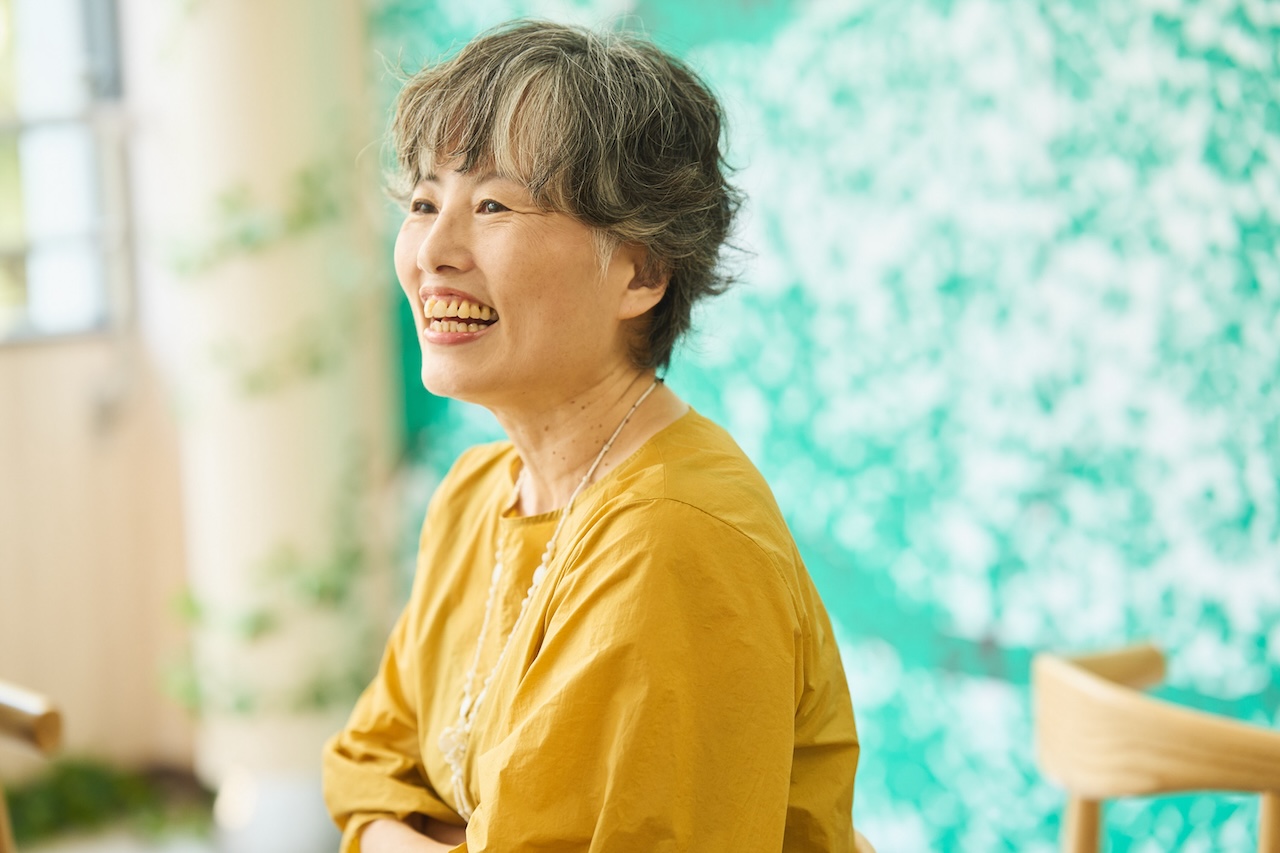
Mr. Ono was inspired by Mr. Aoki’s presentation on the use of bamboo as a natural material to replace polypropylene. This presentation is what led to Mr. Aoki’s participation in the project. It just so happened that the Aobadai Living Lab was studying the theme of recyclable materials, and when Mr. Ono heard Mr. Aoki’s presentation, he recognized that if Mr. Aoki’s corporate perspective could be combined with the perspectives of the local residents, it could lead to some outstanding research.
The meeting of these three people marked the beginning of co-creation activities aimed at resolving the issues faced by regional society. However, activities that involve companies and residents also presented some challenges.
Misaligned perspectives and lack of dialogue
The first activity was the Ideathon*1. Researchers from the MCG Group teamed up with members of the “Sozai Junkan (material recycling) Lab,” a regional community organization established by Spice Up, to identify regional issues and generate ideas aimed at resolving them. Looking back, however, Mr. Ono says, “To be honest, dialogues between residents and researchers didn’t go so well.” The main reason for this was the difference in perspective and approaches when dealing with problems.
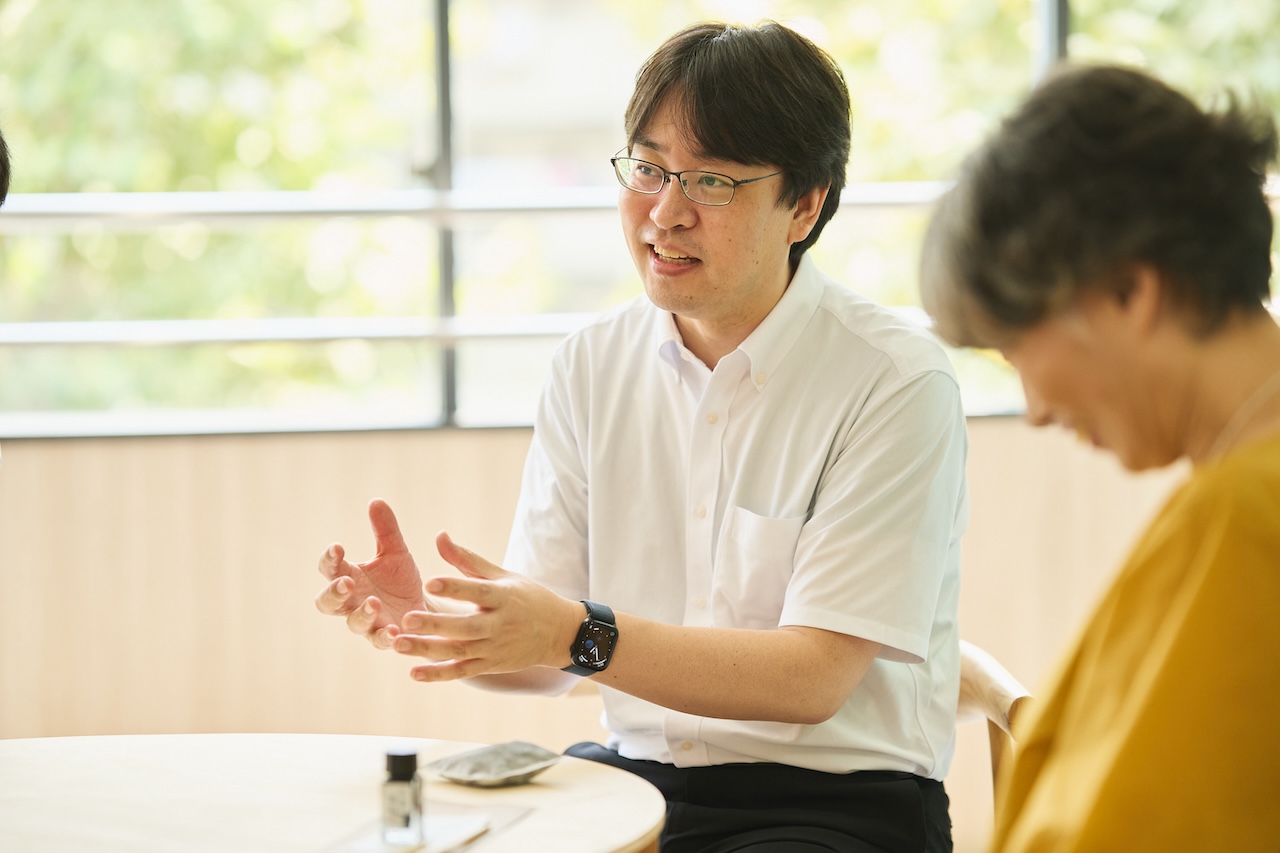
One theme that has been discussed on numerous occasions during Ideathons is the problem of abandoned bamboo forests. In addition to the possibility of damages caused by wild animals and the impact on the ecosystem, bamboo is unique in that it spreads its roots widely but not very deeply. This means that abandoned bamboo forests carry a high risk of landslides, so governments on the national and local levels have created subsidies and other countermeasures.
How should these troublesome abandoned bamboo forests be dealt with? People in the community proposed selling them off as bamboo charcoal, but some researchers disagreed. They thought that because consumption volumes are limited, this would not be a fundamental solution to the problem. Also, from a corporate perspective, business potential and profitability are also questionable.
Looking back, Mr. Aoki says, “There were challenges in conducting a dialogue from the same perspective with members from differing positions. The problem of abandoned bamboo forests involves different conditions depending on whether they’re located in urban areas or out in the mountains. There was also a wide range of ideas regarding solutions; some thought that trimming the bamboo would be enough, while others wanted to use the bamboo as industrial materials or in community spaces. For us as a corporation, profitability is also important. Everyone has their own position, and many people are participating with a specific goal in mind. This made aligning these vectors a real challenge.”
Changes in the behavior of residents and researchers, brought about by conflicts of opinions
The issue of bamboo forests did not lead to a collaboration for product development, but the MCG Group supported the activities of the SOZAi Junkan Lab as much as possible. According to Ms. Kashiwagi, “Based on the differences in porosity in the SOZAi Junkan Lab’s bamboo charcoal, we found that it would be better to leverage the brittleness of this material rather than the dehumidification or deodorant properties, which are the most common applications. It is widely known that bamboo charcoal is very porous, but the pores in bamboo charcoal burned at high temperatures form a brittle structure, as explained to us by the researchers through electron microscope images. ”SIC researchers proposed applying the quality of brittleness in the bamboo charcoal resulting from the high porosity and make Japanese ink. This tied into the “Craft India Ink Project,” in which bamboo charcoal was crushed and turned into ink. “Everyone in Japan is familiar with India ink, from children to seniors,” says Ms. Kashiwagi. “Many ideas sprang from there as we thought about getting more people interested in the problem of bamboo forests.” Looking back, she recalls that the differences of opinions at the Ideathon “were an essential process not only for clarifying directions, but also for thinking about how to approach dialogue in the future.”
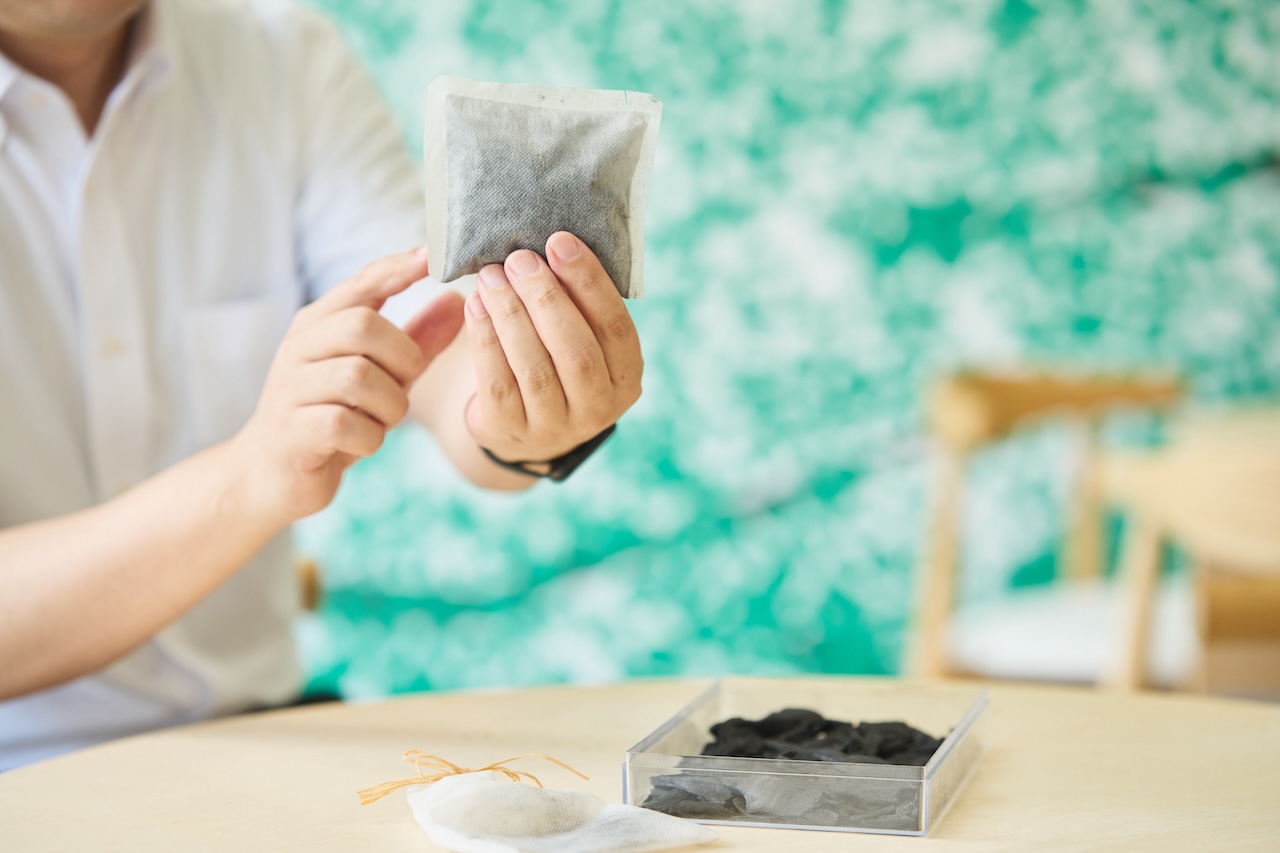
Mr. Aoki and Mr. Ono visited the neglected bamboo forests to learn more about the situation. There, for the first time, they heard about how the noise generated when pulverizing the bamboo had become a problem for nearby communities, and they realized that a technical approach alone was not enough to resolve these issues. It was at this point that Mr. Aoki says he became more aware of the outside reality. “There are issues that cannot be resolved when you are locked away in your laboratory. The important thing is to take action. This project helped me realize that.”
Citizens and researchers gained an awareness of opinions other than their own. Mr. Ono and Mr. Aoki began activities to create more opportunities for exchange between these two groups. This included workshops on bamboo charcoal India ink conducted at the Aobadai Living Lab, as well as community events where participants could enjoy learning about bamboo from various angles and experience that potential for themselves. An onsite STEAM education program was also conducted at elementary schools focusing on the theme of bamboo, to give children a glimpse into the perspective of a researcher. Researchers from the MCG Group served as instructors, communicating the fun of exploration to the children who will take on the challenges of the next generation.
Another interesting activity is soil testing for biodegradable plastics. “The starting point for this,” says Mr. Ono, “was when Ms. Kashiwagi asked where biodegradable plastics break down. The type and strength of biodegrading bacteria differs depending on the soil, so we decided to use the laboratory’s genetic analysis technologies to obtain more detailed data.”
He explains that members of the Sozai Junkan Lab and the Aobadai Living Lab gathered soil samples in cooperation with members of the community, from apartment complex gardens, compost depots, and elementary school yards to conduct tests to determine which soil degraded fastest.
“We don’t just want this to be interesting; we are trying to create initiatives that interest generates a ripple effect,” says Ms. Kashiwagi. “These tests stimulate the curiosity of people in the community, and I believe that they serve as a trigger for bringing about a variety of new ideas.”
“These tests have also provided the people of the community with an opportunity to learn about science in their everyday lives,” says Mr. Ono. “If you want to involve residents and children, an element of fun is essential. The remarkable thing about Ms. Kashiwagi is how she brings excitement into each and every one of these activities.”
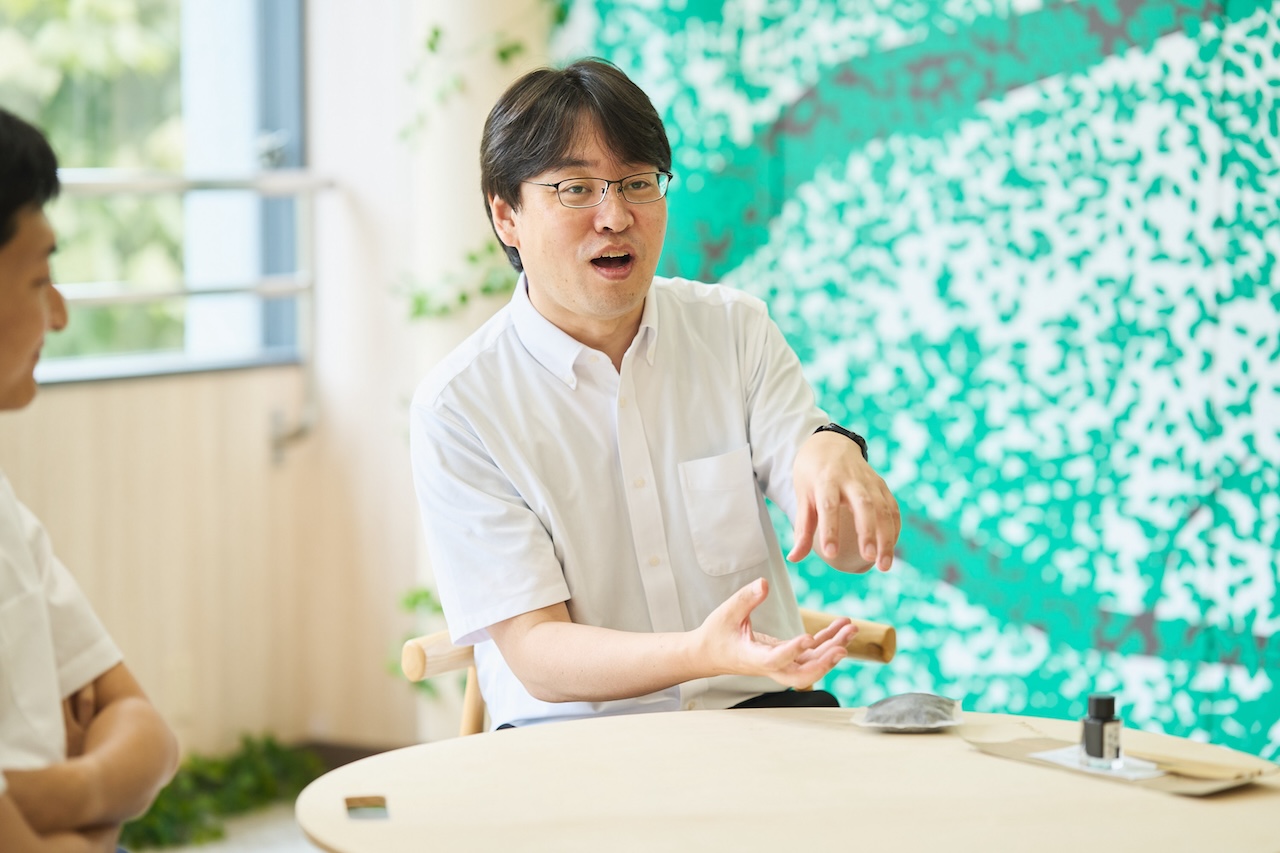
Transcending design ideas with innovations that bring about first-person awareness
Mr. Aoki says that “the Aobadai Living Lab has brought about a major change in the way people think about research.”
“In the past, the primary goal of R&D was to meet the explicit needs of customers. Subsequently, R&D evolved into a deep investigation into the potential needs of customers through design thinking. However, when it comes to addressing regional issues and environmental challenges, I believe it is essential to consider the broader philosophical questions before delving into design thinking that stems from empathy for individual users. We need to ask ourselves, ‘How should society as a whole evolve moving forward?’ and ‘What kind of society do we aspire to live in years from now?’ Rather than simply looking at the scope of business that our company is involved in, we need to have a first-person awareness that goes as far as the design of future society as well. This approach is key to resolving increasingly complex social issues, and I believe that Aobadai Living Lab will be the place where this happens,” he says.
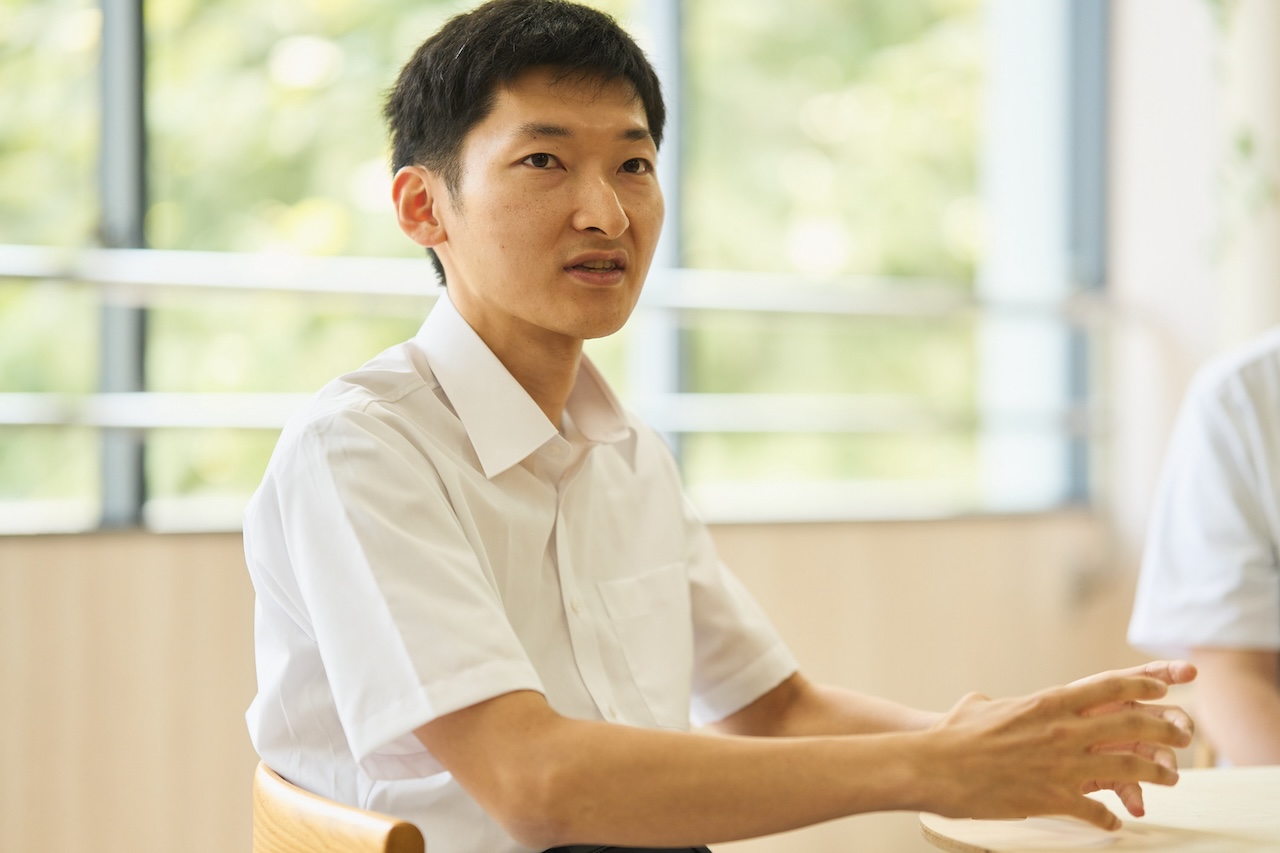
However, when suddenly attempting to address these issues on a global scale, various barriers arise, like the availability of researcher resources and capital. Mr. Aoki discusses the effectiveness of a community-based approach.
“For example, on a regional level like Aobadai, you’re working on a smaller scale, so you can reduce the barriers of capital to some degree. This allows everyone to seek out solutions from a first-person perspective, including researchers like myself. You start out small, and if you achieve good results, then you can extend outward to the rest of Japan, and then to the world. I think that if we can generate that kind of flow, then we will be able to overcome the various issues that we’re currently facing,” he says.
The MCG Group has introduced the “10% Culture” as part of activities aimed at supporting researchers in taking on these challenges. This is a system that enables researchers to allocate 10% of their work time to the research of their choice, and it has become a part of the foundations for activities at the Aobadai Living Lab.
Achieving a recycling-oriented society through co-creation with the region
Looking back at the path of the Aobadai Living Lab, we can find key elements that are essential to the success of any Living Lab. The most important of these is a balanced relationship between companies and residents. Mr. Ono, Mr. Aoki, and Ms. Kashiwagi all emphasize that neither party is above or below the other. It is important to foster a relationship where both parties can express their opinions freely. This is the kind of collaborative relationship they have successfully established.
In a traditional linear economy, material manufacturers like the MCG Group and residents are positioned at the extreme ends of the supply chain, so they would have the most distant of relationships. But in a recycling-oriented society, that relationship changes dramatically. The products used by residents are recycled, and return once again to the material manufacturers. In this way, the material manufacturers and residents become closely connected within the circle of recycling.
“Recyclable materials have still not become completely incorporated into society. In order to move this process forward, it will be important to conduct collaborative activities with many partners from industry, government, academia, and the private sector, each with their own respective positions and roles. We aim to take a significant step toward that goal within the Aobadai community. Through the power of science and dialogue, we hope to link the realization of a recycling-oriented society and the rich future envisioned by the residents living here,” says Mr. Ono.
Slowly but surely, these small experiments that have begun in a corner of Aobadai are becoming the blueprint for a recycling-oriented society.
- *1 Ideathon: A collaborative event where participants brainstorm innovative ideas and solutions targeting a specified theme in teams or groups.
